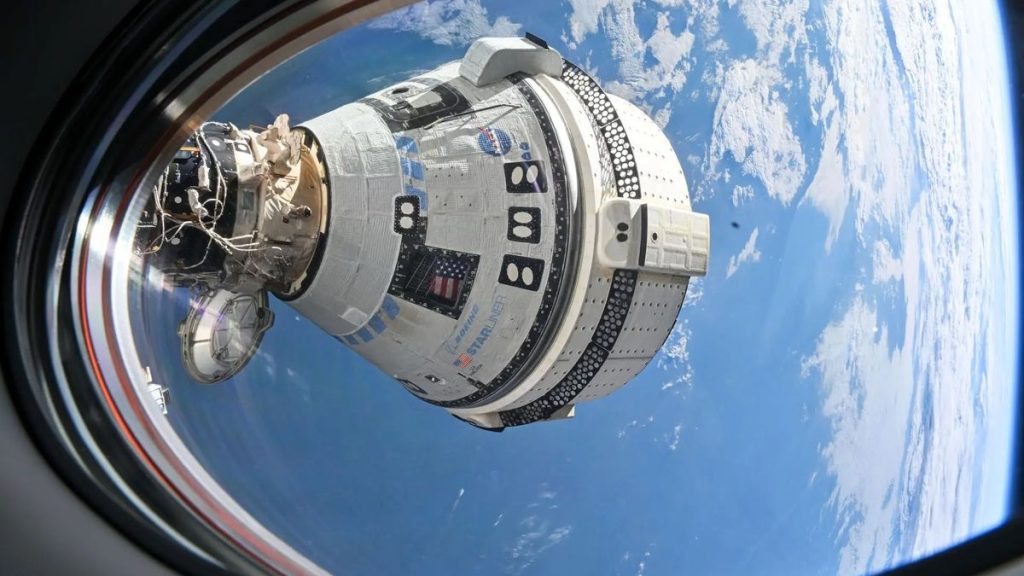Future Uncertain for Boeing’s Starliner Astronaut Capsule
Over six months since the inaugural crewed mission ended in disappointment, the outlook for Boeing’s Starliner remains uncertain.
The mission, known as Crew Flight Test (CFT), launched on June 5, transporting NASA astronauts Butch Wilmore and Suni Williams to the International Space Station (ISS) for a planned 10-day stay. While the Starliner successfully reached the ISS, it faced challenges, including helium leaks and thruster malfunctions, prompting NASA to extend the mission multiple times for further investigation.
On August 24, NASA opted to return Starliner to Earth without a crew. The capsule landed safely on September 6 in the New Mexico desert. Following this, Williams and Wilmore were assigned to a long-duration mission aboard the ISS, which concluded on March 18 with the splashdown of SpaceX’s Crew Dragon capsule “Freedom.”
The splashdown, which even had dolphins in attendance, marked the end of Crew-9, SpaceX’s ninth operational astronaut mission for NASA. Crew-9 launched in September with two astronauts instead of the usual four, making room for Williams and Wilmore’s return.
Challenges Ahead for Starliner
SpaceX’s Crew-10 recently arrived at the ISS on March 16 to take over from Crew-9, and Crew-11 is scheduled to launch this summer. There is a possibility that Crew-12 might be sent into space before Starliner is ready to transport astronauts again, as NASA and Boeing work on the capsule’s next steps.
“We are examining Starliner very thoroughly,” said Steve Stich, manager of NASA’s Commercial Crew Program, during a press briefing after Crew-9’s splashdown. He noted that they are investigating the helium system and planning to replace some seals, with tests expected to take place over the summer at a NASA facility in New Mexico.
Upcoming Tests and Adjustments
The issues with Starliner’s thrusters during CFT involved the RCS hardware. Five out of 28 thrusters failed during the approach to the ISS, though four were later reactivated. Ground tests linked these failures to overheating, suggesting that prolonged use can cause the Teflon seals in the thruster pods to deform, impacting the propellant flow.
This insight is driving design modifications to Starliner moving forward. Stich indicated the necessity to revise how the thrusters are heated and fired, emphasizing the importance of thorough testing for the next flight. NASA has yet to determine if the upcoming flight will be crewed, but it will be configured to be crew-capable if necessary.
Overall, NASA aims to certify Starliner for operational, long-duration missions shortly after the next flight, contingent on successful outcomes. “Integrating Boeing into a crew rotation is crucial,” Stich remarked, underscoring the significance of having multiple crew transportation systems for enhanced resilience in human spaceflight.



